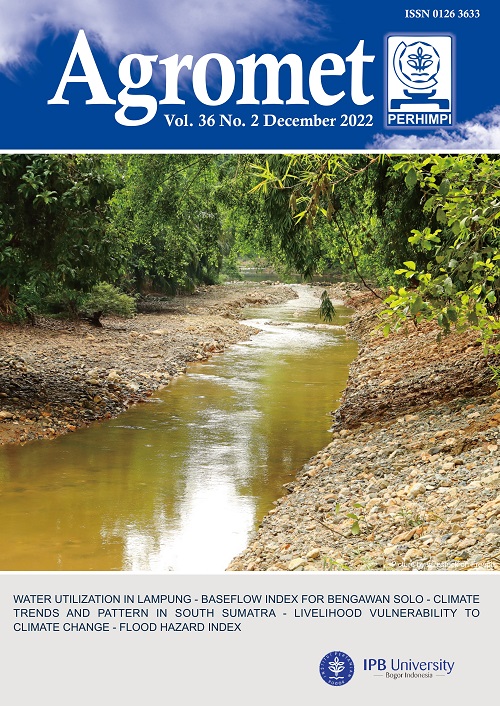Optimization of Water Utilization through Identification of Distribution and Types of Water Harvest Infrastructure to Increase Agricultural Production, Study Case in Lampung Province
Abstract
Indonesian government has promoted the acceleration of local reservoirs development in rural areas. This development shall be integrated in agri-cultural areas to increase its production. Therefore, identification of the potential location and the type of water harvesting infrastructure are crucial to support and optimize the reservoir construction. Here, this research aims to identify the potential location distribution and the type of water harvesting infrastructure in Lampung Province. A Geographic Information System analysis was conducted using several base maps and thematic maps to extract each region characteristics, which include land use, rice field location, river network, slope, area status, buffer zone, groundwater basin, and rainfall pattern. In addition, a survey was conducted to identify potential water availability and land area, including flow discharge in each region. The results showed that the most suitable types of water harvesting infrastructure were channel reservoirs, followed by river water utilization and shallow wells. All infrastructures are highly dependent on rainfall. This means that channel reservoirs have the largest potential area for irrigation services, followed by the river water utilization, shallow wells, and small reservoirs (embung), respectively.
Authors

This work is licensed under a Creative Commons Attribution-NonCommercial 4.0 International License.

